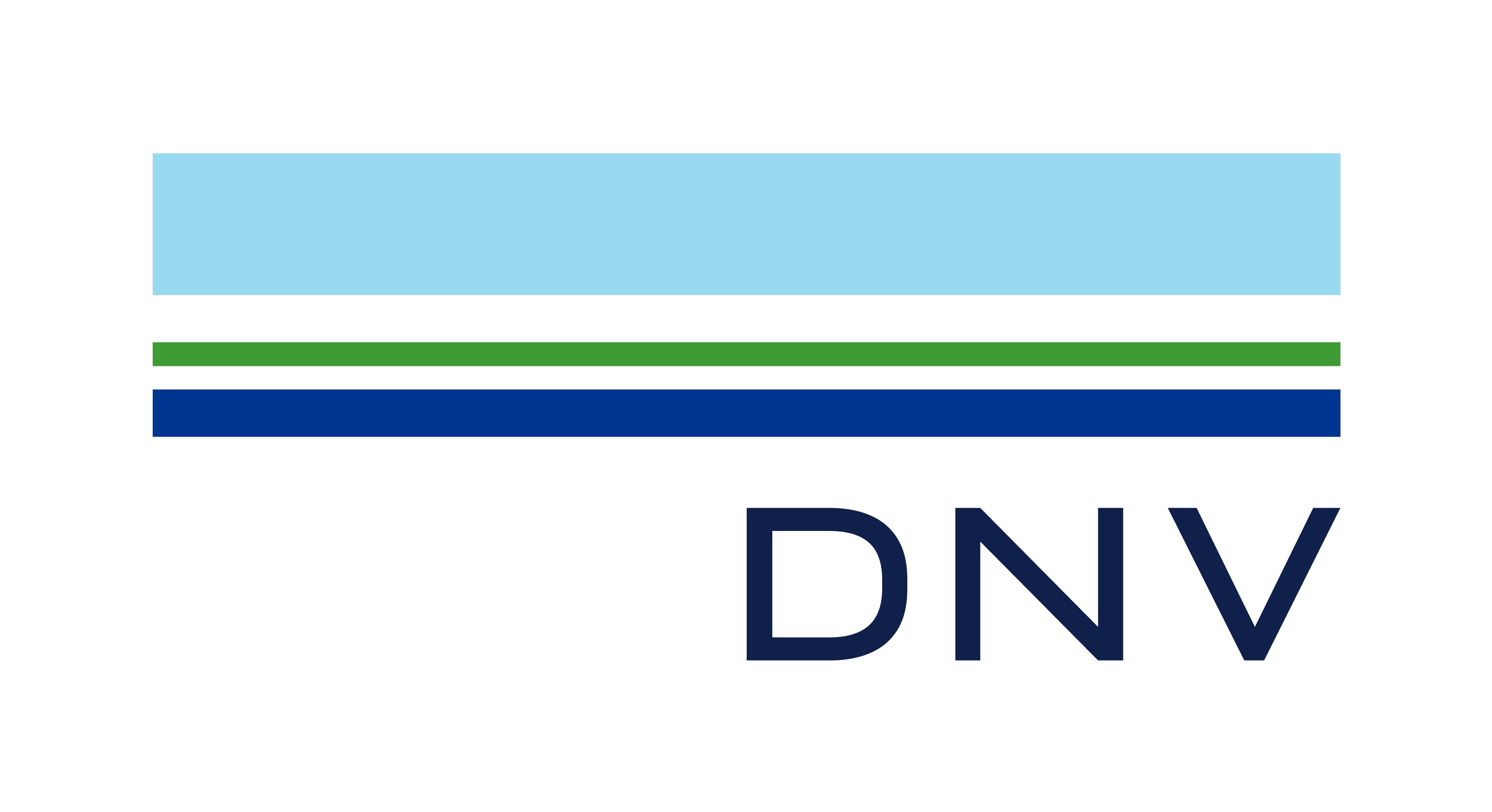
Build Transfer Agreements: Technical Risk Management for Utilities
Recorded On: 03/11/2021
To view this program click the "Webinar Recording" tab above.
Program Description:
The incentive for utilities to own renewable energy projects are changing and increasing, but it is not always clear which ownership model is the best. One such model, Build-Transfer Agreements (BTA) is growing more popular.
There are many variants of BTAs available, including one in which utilities sign asset purchase agreements (APA) earlier in the development process. As a part of the APA, developers stay on to provide the remaining development services, and often act as the construction manager. There is a balance to strike between defining the project in great enough detail to ensure quality and reliability, and leaving enough flexibility from a design perspective to ensure EPC pricing will be competitive, EPC contractors won’t balk at requirements, and opportunities for optimization remain.
This session will describe the main technical risk elements utilities need to consider when negotiating an APA/EPC, and best practices for each.
During this webinar, you will learn:
- What are the five main risks, in the context of BTA, for utilities related to power plant performance, quality, reliability, budget, and safety?
- How can utilities define the project in great enough detail to ensure quality and reliability when negotiating the APA/EPC?
- How can a utility leave enough flexibility from a design and equipment selection perspective to ensure EPC pricing will be competitive, and opportunities for optimization remain in negotiating the APA/EPC?
This program is sponsored by:
Key:
Cory Gessert (Moderator)
Head of Section – Engineering
DNV GL
Cory Gessert is a Certified Project Management Professional with ten years' experience in wind and solar project management throughout the development pipeline. Her recent project management responsibilities for wind, solar, microgrid, energy storage, geothermal and waste to energy projects include: technical due diligence/independent engineering in support of project financing, project development support and owner's engineering, asset integrity management for existing projects, feasibility and strategy development studies, energy policy drafting and development for small island nations, remote-sensing and mast-based resource assessment. Experienced professional with on-the-ground construction monitoring experience to high-level project development strategy expertise. Ms. Gessert helps our developer and utility clients manage risk through design.
Reem Bashatly
Senior Manager, Owner’s Engineering
DNV GL
Reem Bashatly is a licensed Ontario Professional Engineer (P.Eng), with over 15 years of experience in Electrical Engineering. Over 10 years in the renewable energy sector providing a unique blend of business, project management and design engineering expertise. She is a leader in design and engineering with a focus on providing industrial and commercial clientele with cutting edge solutions that are flexible, resilient and profitable in the Renewable Energy, Smart Grid and Energy Storage space on an international scale.
Adam Abatzis
Manager – Solar Due Diligence
DNV GL
Adam Abatzis is the Headof Section of Solar Independent Engineering for DNV GL. He has over nine yearsof experience in the solar PV industry, with expertise in energy sales, EPC,O&M, and equipment supply contracts and negotiation. With significantexperience in energy modeling, financial modeling, and structuring ofwarranties and guarantees, he has a strong proven history in sales and businessdevelopment.
Nathan Kautzer
Senior Electrical Engineer
DNV GL
Nathan Kautzer joined DNV GL in May 2015. His role includes energy modeling, design review, inspections, and assessing risk, code compliance, and long-term performance. Prior to DNV GL, he worked as a solar engineer in Kansas City, MO and designed over 350 commercial and residential PV systems and performed site feasibility visits. Mr. Kautzer also has experience in energy efficient lighting design and is proficient in AutoCAD and Google Sketchup.
Jeff Newmiller
Principal Energy Analyst
DNV GL
Jeff Newmiller specializes in a number of areas of PV with his prime focus on analyzing performance data, developing performance monitoring systems, troubleshooting, and reviewing system designs for photovoltaic (PV) solar power systems. His engineering know how has been applied to various PV systems from 1 to 10,000kW. Mr. Newmiller has worked with PV since 1991 and has participated in the development of ASTM2848, IEEE1547, UL1741, California Rule 21, and updates for the National Electric Code Articles 690 and 705. He has provided technical support to the California Energy Commission by managing the CEC Eligible Equipment Lists of Inverters and PV Modules for the first five years of implementation, and provided reviews of compliance with equipment certification requirements for California Rule 21.
Michael Cookson
Principal Engineer
DNV GL
Michael Cookson is a dynamic manager with 15 years of experience providing strategic, business, technical, and operational leadership to growth ventures in the North-American renewable energy industry. He has in-depth knowledge of full project development life-cycle, from prospecting to commissioning. Mr. Cookson possesses strong communication and project management as well as a comprehensive understanding of IPP and project-finance models, demonstrated through successful implementation of utility-scale wind and solar power facilities totaling ~$1billion.
Michael Longfellow
Senior Structural Engineer
DNV GL
Michael Longfellow has over eight years of experience in performing structural due diligence assessments for wind and solar projects and has been a key role as a senior structural engineer within the civil engineering practice, providing technical and operational expertise in supporting the Independent Engineering (IE) team. His senior engineer role has previously focused on structural design review of wind utility scale turbine foundations to provide independent engineering due diligence service to support project financing and investments, but within the past year his focus has shifted to structural due diligence in utility scale, distributed generation, and residential solar projects. In these capacities his responsibilities include wind turbine foundation design reviews and evaluations, review of ground mount and roof mounted PV racking system designs, technology reviews of solar racking systems, and structural and civil engineering construction monitoring. He has conducted structural foundation reviews on over 2.4 GW of wind energy worldwide.
